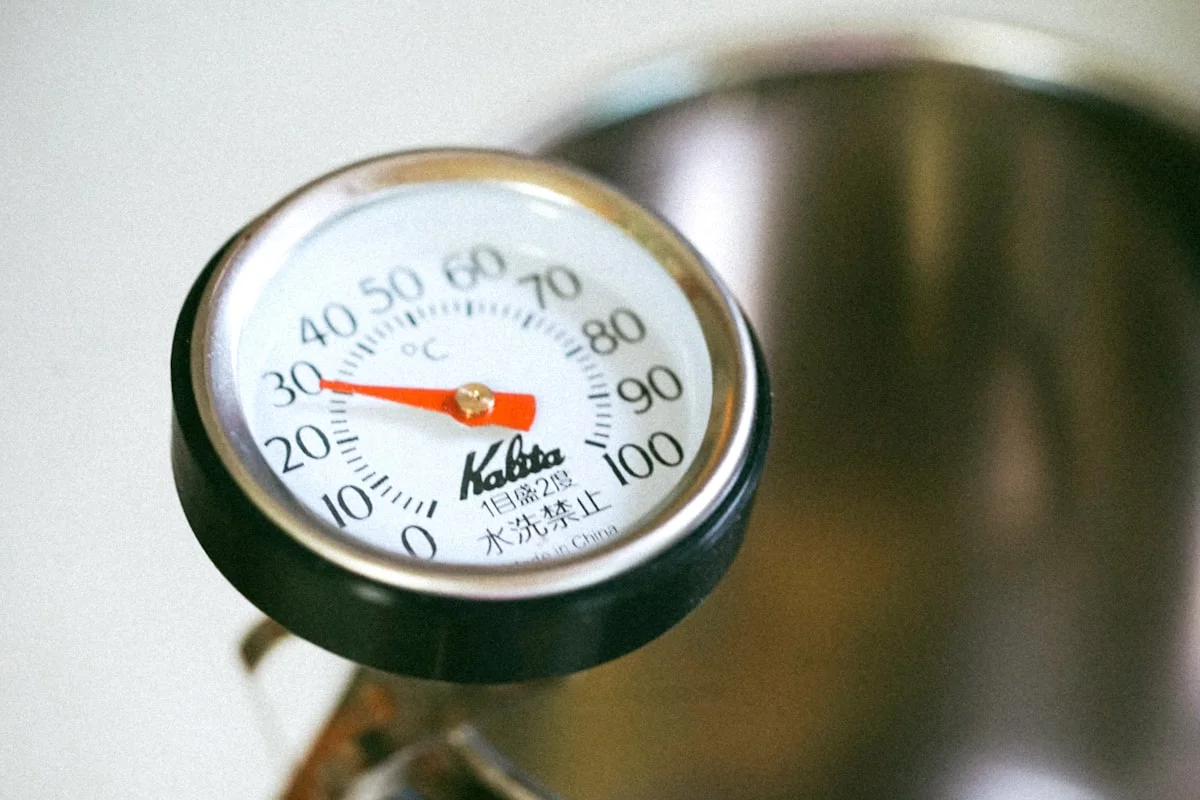How to Normalize Low Blood Pressure Naturally in 2025
If you’re struggling with low blood pressure (hypotension), you may be searching for effective ways to normalize low blood pressure safely and naturally. Low blood pressure can cause dizziness, fatigue, and even fainting, making it essential to address the root causes and adopt strategies to normalize low blood pressure for better overall health. In this comprehensive guide, we’ll explore the best evidence-based methods to stabilize your blood pressure levels in 2025, ensuring you feel your best every day.
Understanding Low Blood Pressure and Its Causes
Low blood pressure occurs when your blood pressure readings drop below 90/60 mmHg. While some people naturally have lower blood pressure without symptoms, others experience discomfort due to poor circulation. Common causes include dehydration, nutrient deficiencies, heart conditions, endocrine disorders, and prolonged bed rest. Identifying the underlying cause is the first step to normalize low blood pressure effectively.
Hydration: The Foundation for Stabilizing Blood Pressure
Dehydration is one of the leading causes of low blood pressure. When your body lacks sufficient fluids, blood volume decreases, leading to a drop in pressure. Drinking enough water throughout the day helps maintain blood volume and supports circulation. Aim for at least 8-10 glasses of water daily, and consider adding electrolyte-rich beverages like coconut water if you sweat excessively. Proper hydration is a simple yet powerful way to normalize low blood pressure naturally.
Increase Salt Intake Moderately
Unlike high blood pressure, where sodium is restricted, those with hypotension may benefit from a slight increase in salt intake. Sodium helps retain water in the bloodstream, which can raise blood pressure. However, moderation is key—excessive salt can lead to other health issues. Opt for natural sources like Himalayan pink salt or sea salt rather than processed foods. Consulting a healthcare provider before making significant dietary changes is always recommended.
Eat Smaller, More Frequent Meals
Large meals can cause a sudden drop in blood pressure as blood flow shifts to the digestive system. Instead of three big meals, try eating five to six smaller, balanced meals throughout the day. Focus on nutrient-dense foods like lean proteins, whole grains, and healthy fats to sustain energy levels and prevent post-meal dizziness. This approach helps regulate blood pressure more consistently.
Incorporate Compression Stockings
Compression stockings are often recommended for individuals with low blood pressure, especially those who experience dizziness upon standing. These stockings apply gentle pressure to the legs, improving circulation and preventing blood from pooling in the lower extremities. They are particularly helpful for people with orthostatic hypotension, a condition where blood pressure drops suddenly when standing up.
Exercise Regularly to Improve Circulation
Regular physical activity strengthens the heart and improves blood vessel function, which can help normalize low blood pressure. Focus on moderate exercises like walking, swimming, or cycling, which promote circulation without overexertion. Avoid sudden, intense movements if you’re prone to dizziness, and always stay hydrated during workouts. Consistency is key—aim for at least 30 minutes of exercise most days of the week.
Herbal Remedies and Supplements
Certain herbs and supplements may support healthy blood pressure levels. Licorice root, for example, can help raise blood pressure by increasing sodium retention. Rosemary and ginger are also known to stimulate circulation. Always consult a healthcare professional before starting any new supplement, especially if you take medications or have underlying health conditions.
Monitor Your Blood Pressure Regularly
Keeping track of your blood pressure at home can help you identify patterns and assess the effectiveness of lifestyle changes. Use a reliable blood pressure monitor and record your readings at different times of the day. Share this data with your doctor to tailor a personalized plan to normalize low blood pressure effectively.
When to Seek Medical Attention
While most cases of low blood pressure can be managed with lifestyle adjustments, persistent or severe symptoms require medical evaluation. If you experience frequent fainting, confusion, or rapid, shallow breathing, seek immediate medical care. Underlying conditions like heart disease or hormonal imbalances may need professional treatment.
Final Thoughts on Managing Low Blood Pressure in 2025
Learning how to normalize low blood pressure involves a combination of hydration, dietary adjustments, physical activity, and mindful monitoring. By implementing these strategies, you can improve your circulation, reduce symptoms, and enhance your overall well-being. Always work with a healthcare provider to ensure your approach is safe and tailored to your specific needs. With the right steps, you can achieve balanced blood pressure and enjoy a healthier life in 2025 and beyond.

